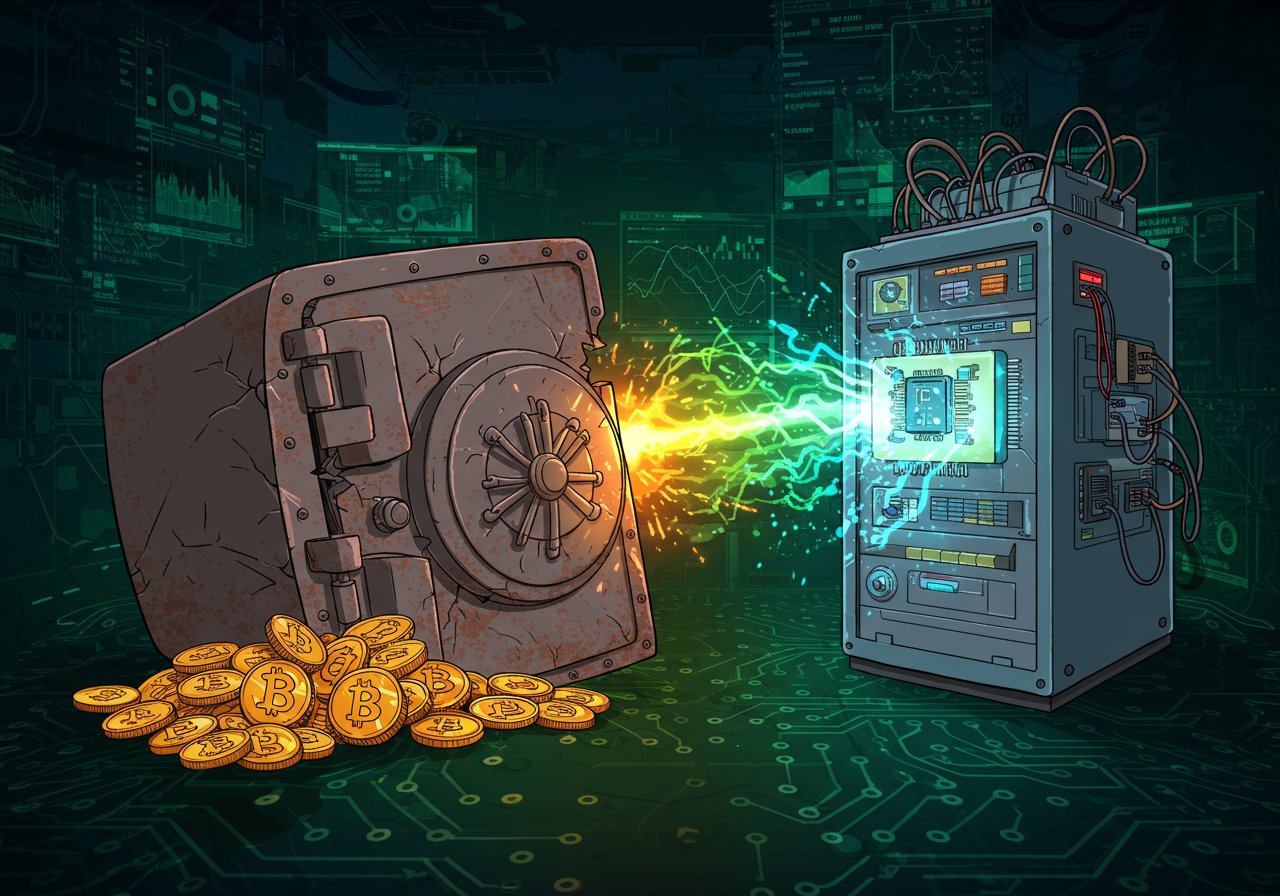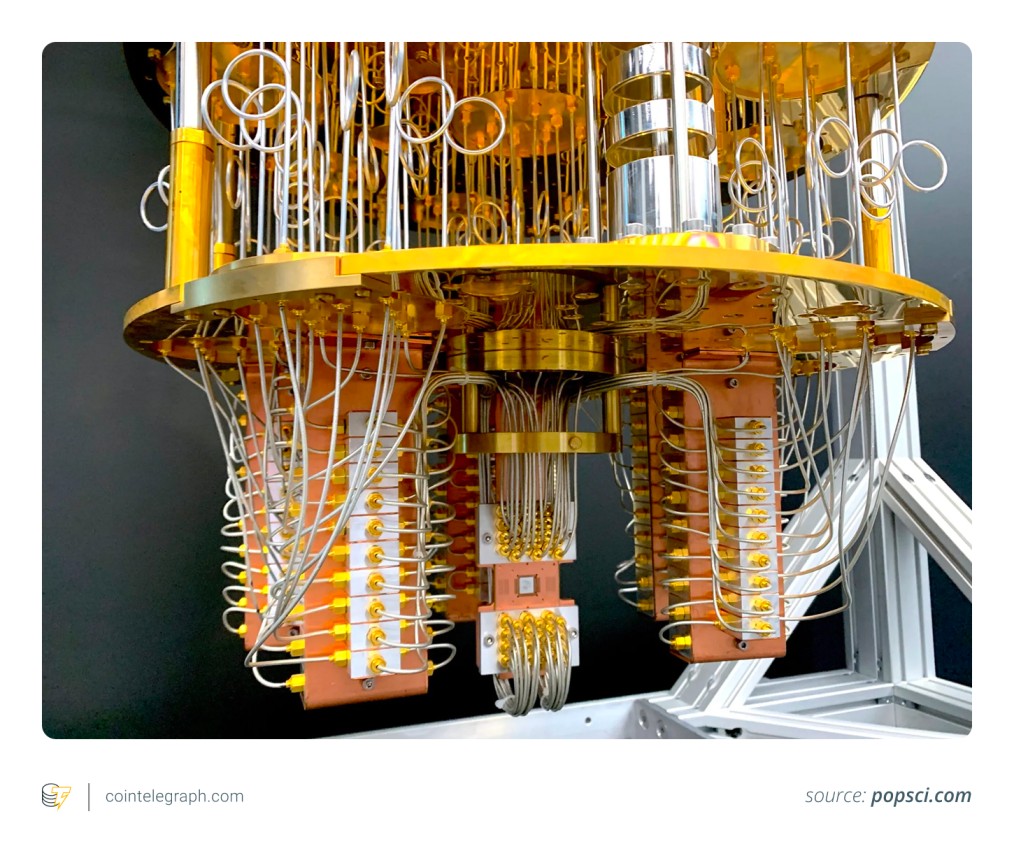
The Quantum Quandary: Satoshi’s Bitcoin Under Siege
The dawn of quantum computing casts a long shadow over the future of Bitcoin. At the heart of this looming threat lies Satoshi Nakamoto‘s legendary stash of roughly 1.1 million Bitcoin. This vast holding, untouched since its inception, represents not just a massive financial value, but a potential Achilles heel for the entire cryptocurrency ecosystem. As quantum computers advance from theoretical concepts to practical realities, the very cryptographic foundations upon which Bitcoin is built face unprecedented scrutiny.

Why Satoshi’s Early Wallets are Prime Targets
The vulnerability stems from the way Satoshi’s early wallets were structured. Utilizing the Pay-to-Public-Key (P2PK) address format, the public key associated with each address is permanently exposed on the blockchain. Modern Bitcoin addresses, in contrast, often employ a more secure design, revealing the public key only upon a transaction. This crucial difference makes Satoshi’s coins far more susceptible to attack.

Shor’s Algorithm: The Quantum Key to Bitcoin‘s Vault
The security of Bitcoin relies on the Elliptic Curve Digital Signature Algorithm (ECDSA), which is exceptionally difficult for classical computers to reverse. However, a sufficiently powerful quantum computer, armed with Shor’s algorithm, could potentially break this cryptographic barrier. Shor’s algorithm exploits quantum superposition to identify hidden patterns within the elliptic curve problem, enabling the calculation of private keys from exposed public keys.
The Q-Day Countdown: When Quantum Becomes Reality
The term “Q-Day” marks the hypothetical moment when quantum computers become capable of breaking existing encryption, and the race to reach this milestone is accelerating. Companies and governments worldwide are investing heavily in quantum research, and the timeline for Q-Day is shrinking. The potential consequences of a successful quantum attack on Bitcoin are dire, including the possibility of widespread market panic and a crisis of confidence in the entire cryptocurrency space.
A Vulnerable Ecosystem: Beyond Satoshi’s Fortune
The quantum threat extends far beyond Satoshi’s holdings. Analysis suggests that millions of Bitcoin across various addresses are at risk. This includes coins held in older address types and those in modern addresses that were reused, thereby exposing their public keys. The potential scale of the vulnerability highlights the urgency of addressing this issue.
Post-Quantum Cryptography: A Shield Against the Future
The solution lies in the adoption of post-quantum cryptography (PQC). PQC algorithms utilize different mathematical problems to achieve security against both classical and quantum attacks. The National Institute of Standards and Technology (NIST) has finalized PQC standards, paving the way for the integration of quantum-resistant algorithms into existing systems. For Bitcoin, this means a potential network upgrade, or a fork, to introduce new quantum-resistant address types. This could allow users to migrate their funds to more secure addresses, effectively shielding their holdings from quantum attacks. The transition to PQC represents a critical step in safeguarding Bitcoin‘s future in the face of this evolving technological landscape.
- The vulnerability stems from Satoshi’s early wallets.
- The Shor’s algorithm is a serious threat for Bitcoin.
- Post-Quantum Cryptography is the only hope.
The future of Bitcoin hinges on the ability to adapt and overcome the challenges posed by quantum computing. This requires constant vigilance, research, and proactive measures to ensure the security and stability of the network.
The development and implementation of these solutions are crucial for ensuring the long-term viability and security of Bitcoin in a world increasingly shaped by quantum technologies.


